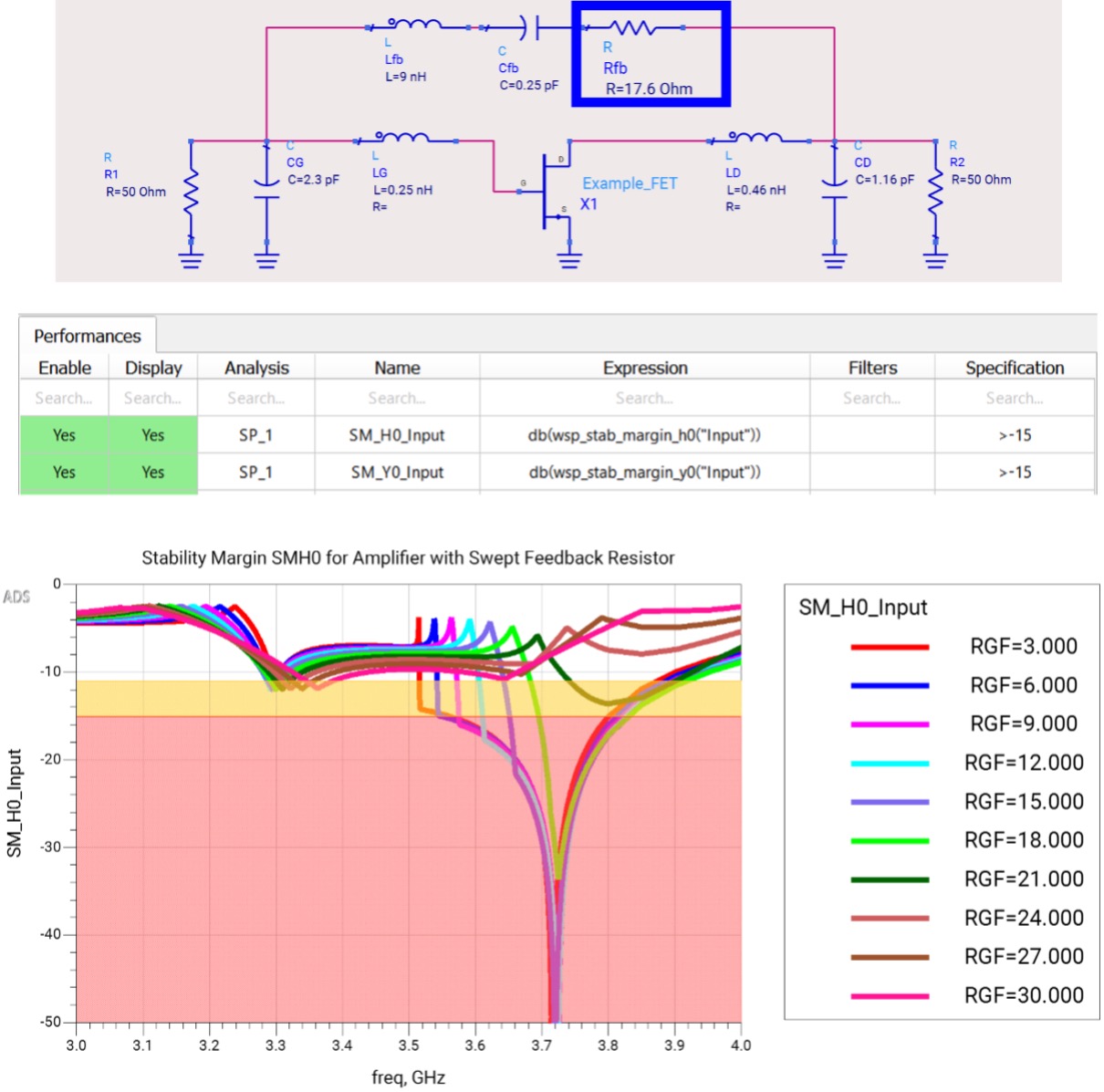Why should high frequency circuit designers consider stability early in the design process? Isn’t there enough to worry about just making the circuit function at the fundamental frequency?

In the past, Microwave Engineers used to solve stability problems in the lab, perhaps adding bypassing or loss in a strategic location to stabilize their circuits. Stability was viewed as too complicated to model or predict, and the problems were usually easy enough to solve in the lab anyway. But things are changing. Across the entire wireless communications industry, standards are moving higher in frequency and systems are getting more complex. Instability arises from a combination of gain and feedback. In today’s circuits, gain is higher due to increasing device fT’s, and feedback is more prevalent because features are more compact and resonate more easily with signals that have smaller wavelengths. At the same time, advanced packaging technologies make the internals of the circuit less accessible than in the past, meaning things are harder to fix after the fact in the lab, even with the most apt technicians.
To make circuits which meet the needs of modern communications systems, designers need to master stability by truly understanding the root causes of problems in the circuit before building a design. The problem: stability is a very complex topic. Most high frequency design engineers use only the classic K-factor to assess circuits, but this technique is based on assumptions which may not be valid for modern circuits. Besides, K-factor only applies to a two-port network at the external I/O’s, while the circuit inside could be very complex and hinder visibility from the outside. There are many alternative techniques in literature, but they are sometimes difficult to apply correctly, and furthermore it’s not clear which one is best for any given application.
This webinar will help designers understand how instabilities fundamentally arise in their circuit and illustrate how to troubleshoot and resolve these issues up front in the design process before manufacturing.
This requires not only an understanding of theory and classic techniques, but also a practical knowledge of how to apply these techniques efficiently using modern design tools. This paper starts by reviewing the theory, discussing concepts like loop gain, return difference, and driving point impedance, and then expands to build a framework for applying these techniques to modern circuit design. The key is to use a new probe, called the WS-Probe, which has recently become available in Keysight’s Advanced Design System (ADS), to derive the necessary stability measures quickly and efficiently. The probe allows application of multiple stability analysis techniques to the circuit post-simulation for both small and large signal analysis in a non-invasive manner. The goal will be to arrive at a simple, straightforward, rigorous and easy to apply process to determine whether or not your design is stable, and if not, how to go about fixing it. After attending this webinar, you’ll look at stability in an entirely different way and the circuits you design will reflect that.


Also Read:
Modern Data Management: Overcoming Bottlenecks in Semiconductor Engineering
Video EP5: A Discussion of Photonic Design Challenges and Solutions with Keysight
Share this post via:





Comments
There are no comments yet.
You must register or log in to view/post comments.